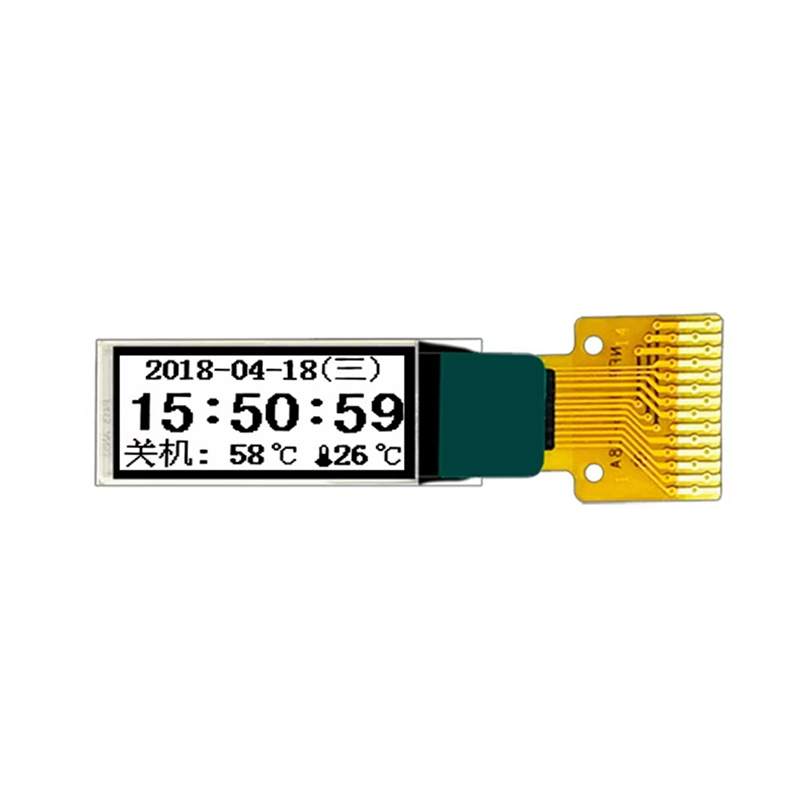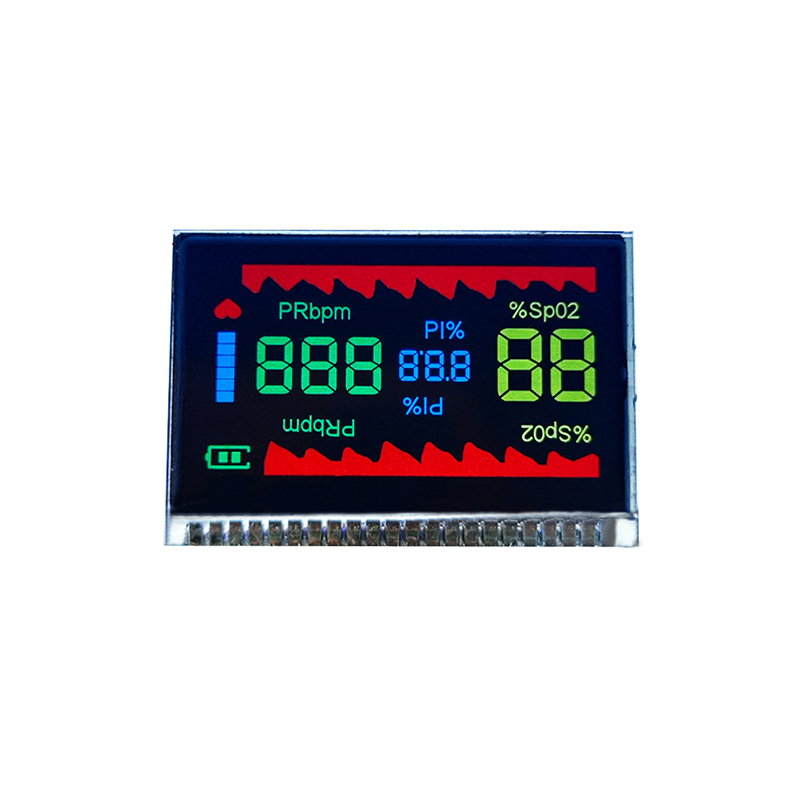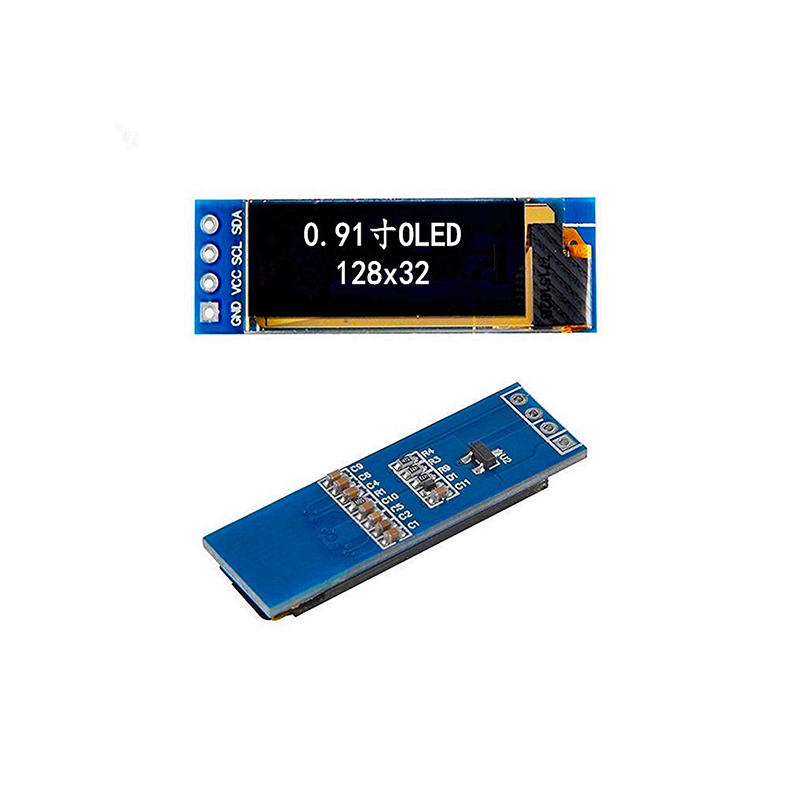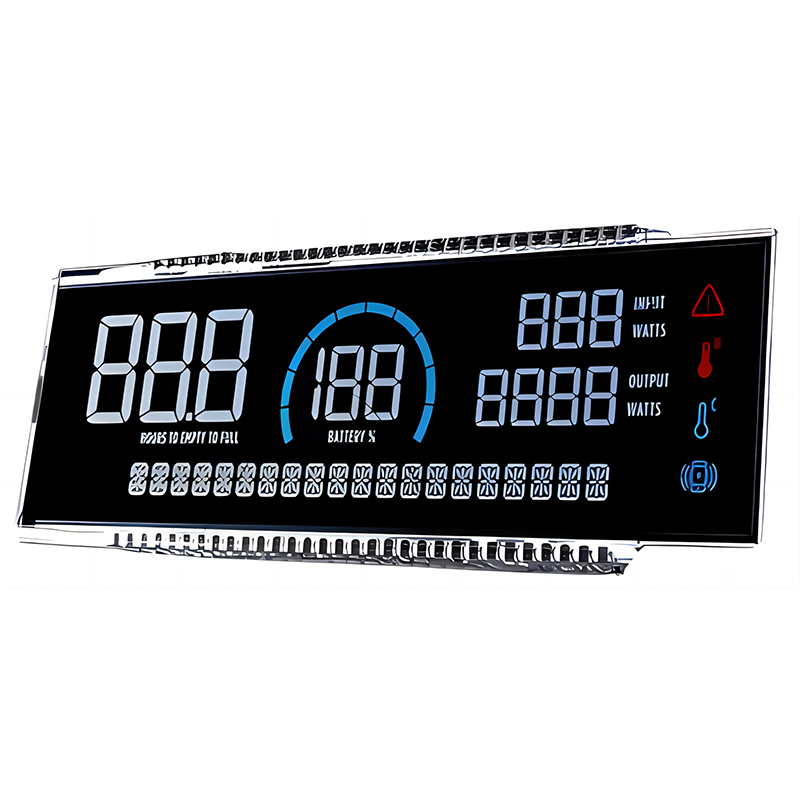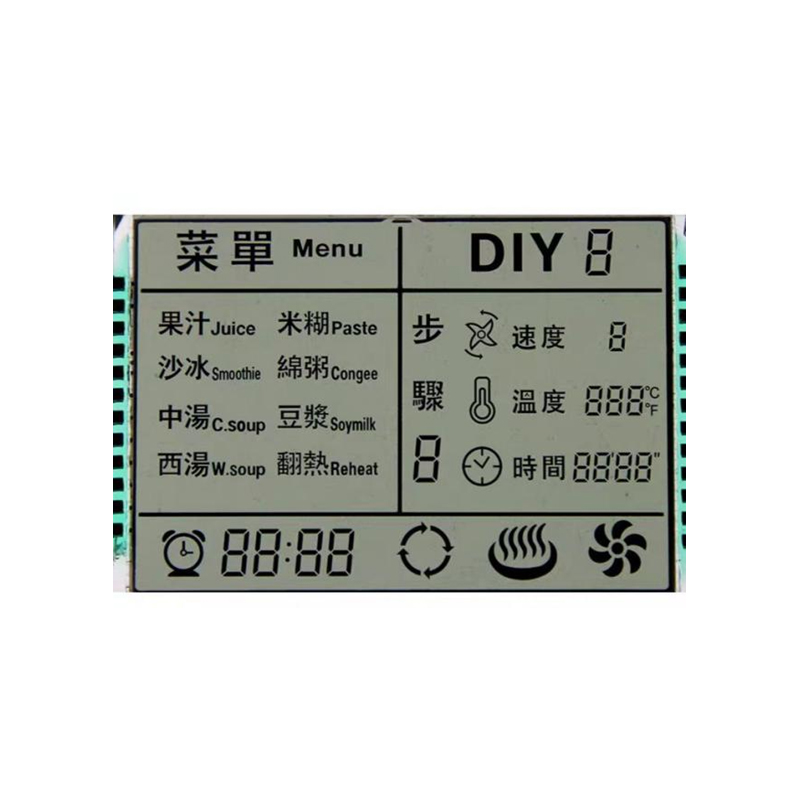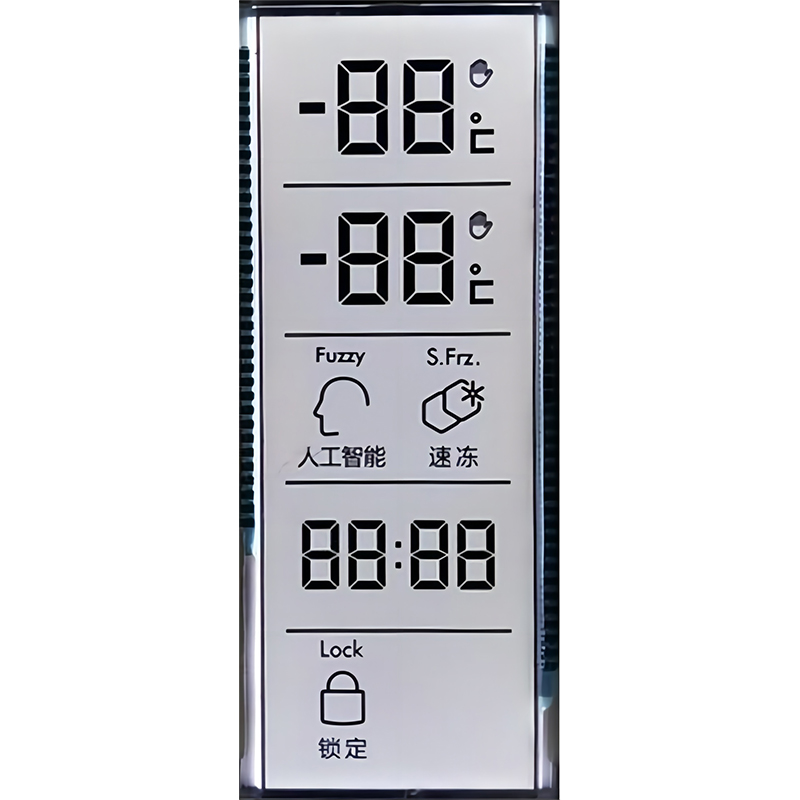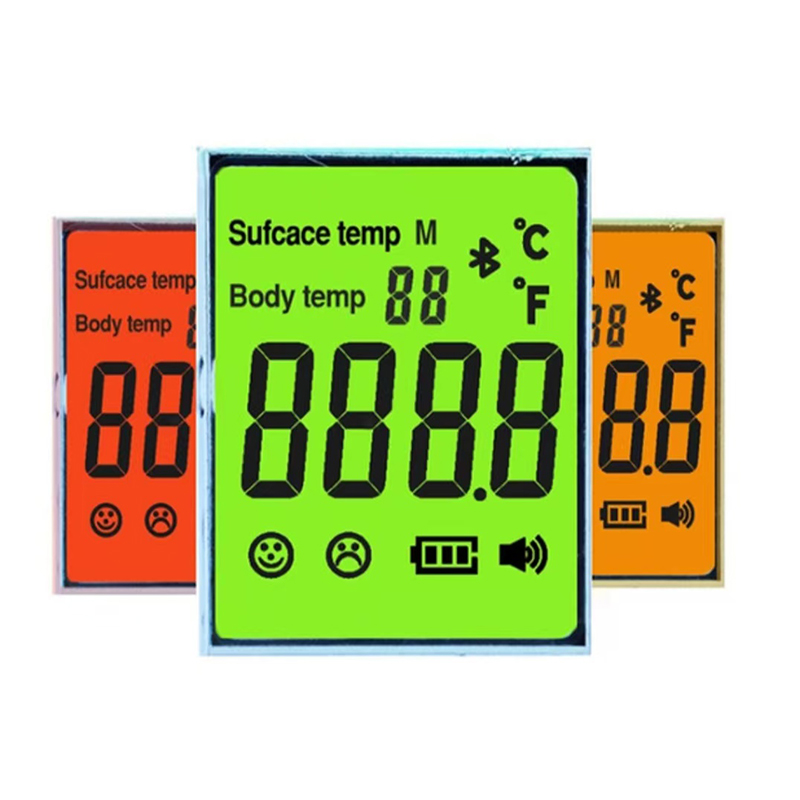
The ESP32, a powerful and versatile microcontroller, is frequently paired with LCD displays for a wide range of applications. This guide will walk you through everything you need to know to successfully integrate an LCD screen with your ESP32 project, from choosing the right display to troubleshooting common issues. We'll cover various display types, libraries, connection methods, and provide practical examples to get you started.
Selecting the appropriate LCD display is crucial for your project's success. Several factors influence this decision, including:
The size and resolution of the ESP32 LCD are determined by your application's needs. Smaller displays (e.g., 1.8 or 2.2) are suitable for compact projects, while larger displays (e.g., 3.5 or more) are better for applications requiring more visual information. Resolution affects the clarity and detail of the displayed content.
Common ESP32 LCD types include: Character LCDs (simpler, limited display capabilities), Graphic LCDs (more versatile, can display images and custom graphics), and Color LCDs (offer greater visual appeal). Consider the complexity of your project when choosing the display type. For instance, a simple temperature display might only need a character LCD, while a data visualization project might benefit from a color graphic LCD.
ESP32 LCD displays commonly use interfaces like I2C, SPI, or parallel. I2C requires fewer GPIO pins, making it suitable for space-constrained projects. SPI offers higher data transfer rates, advantageous for applications demanding faster refresh rates. Parallel interfaces offer the highest speed but require more GPIO pins.
Connecting your ESP32 LCD involves properly wiring the display's pins to the ESP32's GPIO pins. This process varies depending on the display's interface type. Detailed wiring diagrams are usually provided in the display's datasheet. Remember to check the voltage levels; many LCDs operate at 3.3V, matching the ESP32's output voltage. Incorrect voltage can damage the display.
The Arduino IDE is commonly used for programming ESP32 LCD projects. You'll need the appropriate LCD library to interact with your chosen display. Popular libraries include LiquidCrystal_I2C, U8g2, and ST7735.
The following is a simplified example using the LiquidCrystal_I2C library. Remember to install the library through the Arduino IDE Library Manager.
cpp#includeTroubleshooting common problems involves systematically checking connections, power supply, and code. Issues such as a blank screen, incorrect display, or flickering can be addressed by verifying proper wiring, checking power supply voltage, and reviewing your code for errors.
Numerous online resources are available to aid you in your ESP32 LCD projects. Search for tutorials, example code, and library documentation online. The official documentation for your chosen LCD display is an invaluable resource. Consider exploring community forums for assistance with specific problems.
For high-quality LCD displays and modules, consider checking out Dalian Eastern Display Co., Ltd. They offer a wide selection of displays suitable for various applications.
| Library | Interface Support | Ease of Use | Features |
|---|---|---|---|
| LiquidCrystal_I2C | I2C | Beginner-friendly | Basic text and character display |
| U8g2 | I2C, SPI | Intermediate | Supports various displays, advanced graphics |
| ST7735 | SPI | Intermediate | Optimized for ST7735 displays, high performance |
Note: This table provides a general comparison. Specific features and ease of use can vary depending on the project and user experience.

